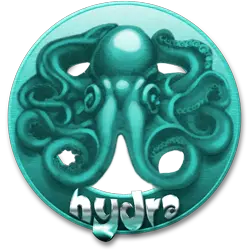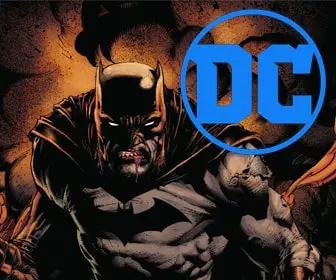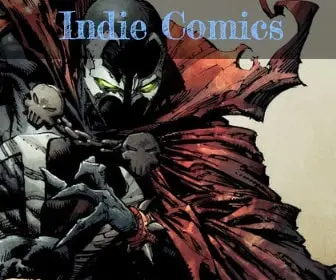
Manga, Manhwa, and Manhua: A Global Comic Trio
Exploring the World of Manhwa and Manhua: Manga’s Korean and Chinese Counterparts
Manga has become popular worldwide, but it’s not the only type of comic. In Korea, they have manhwa, and in China, they have manhua. These comics are similar to manga but have their own styles, histories, and unique traits.
What Is Manhwa?
Manhwa comes from Korea. Like manga, manhwa tells stories through pictures and text. However, one major difference is how readers enjoy them. Manga is read from right to left, while manhwa is read from left to right, just like English books. Most manhwa is now published online through platforms called webtoons, making it easy to read on phones or computers. The art in manhwa is often colorful, which sets it apart from the mostly black-and-white pages of manga.
Popular genres in manhwa include romance, fantasy, and action. Some well-known manhwa series are Solo Leveling, The Breaker, and Tower of God. These stories have become huge hits, attracting readers from all over the world.
What Is Manhua?
Manhua is the Chinese counterpart. Like manhwa, it’s also read from left to right. However, manhua has its own rich history and style. It dates back to the early 20th century, with roots in ancient Chinese art and storytelling.
There are two types of manhua: traditional print manhua and digital manhua. The digital form, like manhwa, is rising in popularity, with many readers enjoying stories on their phones. Manhua is known for its detailed art, which often reflects Chinese culture, landscapes, and legends.
Some famous manhua include The King’s Avatar and Feng Shen Ji. These stories dive into fantasy, action, and Chinese folklore, giving readers a new perspective on storytelling.
How Are Manhwa and Manhua Different from Manga?
Even though manhwa, manhua, and manga are all comics, each has a distinct feel. For example, manhwa is often more modern and influenced by Korean pop culture. You’ll find lots of stories that reflect current trends in fashion, technology, and social media. Manhua, on the other hand, may focus more on traditional elements like Chinese mythology or historical settings.
Another difference lies in the artwork. Manga typically uses black-and-white pages with expressive characters. Manhwa often uses full-color art, which gives it a vibrant, digital feel. Manhua tends to focus on grand, detailed art, especially when it portrays epic battles or ancient stories.
Why Are Manhwa and Manhua Becoming Popular?
Thanks to the internet, it’s easier to discover comics from all over the world. Platforms like Webtoon and Tapas have helped spread manhwa to international readers. Similarly, manhua is finding new audiences through digital apps and websites. The rise of Korean and Chinese pop culture, including K-dramas and Chinese films, has also boosted the popularity of these comics. Readers who enjoy Asian culture often find that manhwa and manhua offer fresh, exciting stories that differ from manga.
Conclusion
While manga has led the way in global comic culture, manhwa and manhua are making their mark, too. Both offer diverse stories, unique art styles, and a look into the cultures of Korea and China. If you love manga, you may want to explore these fascinating counterparts. You might just find your next favorite series in the world of manhwa or manhua!












